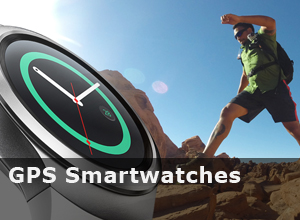Dispelix, a company working out of the VTT Technical Research Centre of Finland, have unveiled their optical display technology which could potentially be the solution to steering smart glasses into the mainstream.
Dispelix emphasize that there are three key design objectives that so far have not been collectively achieved by smart glasses developers:
• 1. The design of smart glasses needs to be lightweight and discrete so they don’t have a problem blending in with the fashion of today.
• 2. The quality of the displayed images must be clear, bright and detailed without compromise.
• 3. You need to be able to manufacture the product in high quantities – which makes sense because if high volume orders can’t be fulfilled the product simply isn’t going viral.
The Finnish-based company are aiming to meet these three requirements with their augmented reality display.
Design
According to Dispelix scientists, their AR display can be made out of either glass or plastic. The display is 1mm thick and can be made into any shape to fit into the lenses of any regular glasses.
-

Image Credit – Juha Sarkkinen/VTT Research
Display
The Dispelix see-through display uses “Lightguide Optics” to transfer virtual images and text into the user’s field of view. Displays using the lightguide technique can display either single color monochrome, or full color images.
Dispelix claim their smart glass is capable of HD, distortion-free images without any signs of the rainbow effect, and is compatible with LCD, LED, LCOS and laser image sources. The perceived display size is the equivalent of a 60-inch TV being viewed at a distance of approximately 3-meters.
Dispelix are now working with electronics and software companies and aim to bring a consumer-ready product to market within a year.
Augmented Reality a Reality?
For many, including myself, augmented reality smart glasses are one of the most exciting sectors in wearable technology.
Google Glass were the smart glasses that hit mainstream news channels in 2013, but as they were still under development, hence the name Explorer Edition, they weren’t ready for global exposure and quickly became the subject of ridicule, early adopters being styled as “Glassholes” by *ssholes. Anyway, Google Glass lives on under the name Project Aura.
For the obvious reason that refining the hardware and software needed to make AR smart glasses ready for mainstream consumers is more challenging than other wearables such as smartwatches, they are taking longer to emerge. However, I’m a strong believer that Augmented reality is going to be big! Actually, it’s going to be bigger than big – it’s going to be everywhere..
Many of the world’s largest tech firms, including Intel, Sony and of course Google are investing heavily in augmented reality technology. Companies such as these are in the habit of not only predicting, but also dictating the future of gizmos. It may seem awkward to most adults to go about your daily bustle sporting a pair of smart glasses, but for the next generation of kids it won’t seem so weird.
Maybe Google Glass was over ambitious in the sense that they were attempting to become an all-round computing solution whereas smart glasses in their current form have more potential in niche sports, such as Recon Jet for cyclists.
Augmented reality isn’t all about smart glasses. Check out the Navion AR system that displays holographic directions on your car’s windshield, or the Skully AR helmet.





































Leave A Comment